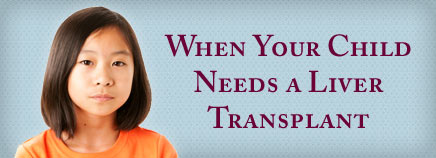About Lactose Intolerance For many kids, an ice cream sundae or a cool glass of milk at lunch means an afternoon of cramps, gas, and diarrhea. Kids who have this kind of discomfort after consuming dairy products might have lactose intolerance, which is caused by problems digesting lactose, the main sugar …
Necrotizing Enterocolitis
About Necrotizing Enterocolitis When babies are born prematurely, many of their organs are not fully developed. This puts them at risk for a number of diseases within the first weeks of life. One of these diseases is necrotizing enterocolitis (nek-roh-TIE-zing en-ter-oh-coh-LIE-tis), the most common and serious intestinal disease among preemies. …
Pancreatitis
It’s a familiar scene: Your child wakes up in the middle of the night feeling feverish, nauseated, and complaining of a stomach ache. Then come the tears, the vomiting, and the inability to keep fluids down. Usually, these symptoms add up to nothing more than a 24-hour stomach bug. But …
Peptic Ulcers
Many people think that spicy foods cause peptic ulcers, but the truth is that bacteria called Helicobacter pylori (or H. pylori) are the main culprit. And while many believe that adults in high-stress jobs are the only ones affected, people of any age — even kids — can develop ulcers. …
Pyloric Stenosis
While you were anticipating your new baby, you probably mentally prepared yourself for the messier aspects of child rearing: poopy diapers, food stains, and of course, spit up. But what’s normal and what’s not when it comes to spitting up or vomiting in infants? About Pyloric Stenosis Pyloric stenosis, a …
Soiling (Encopresis)
If your child has bowel movements (BMs) in places other than the toilet, you know how frustrating it can be. Many parents assume that kids who soil their pants are simply misbehaving or that they’re too lazy to use the bathroom when they have the urge to go. The truth …
Tapeworm
Tapeworms are flat worms that live in a person’s digestive tract. Though upsetting to think about, they usually don’t cause any serious problems. Tapeworm infections aren’t common in the United States and, when they do happen, they’re usually easy to treat. Tapeworm Basics Tapeworms are parasites. As you probably remember …
When Your Child Needs a Liver Transplant
Being told that your child needs a liver transplant may leave you feeling scared, angry, or confused. You might not fully understand why your child needs a new organ or where the new organ will come from. Just thinking about the months ahead may fill you with dread and worry. …








